Slime moulds are informal names given to many kinds of eukaryotic organisms and they can live as a free single cell or form multicellular structures through the aggregation of similar species. There are hundreds of species of slime moulds around the world and they feed on microorganisms that live in dead plant material. Besides they can also be found in other moist areas like logs, mulch, etc.
Barry Webb is a photographer from the UK and these slime moulds caught his attention in 2019. He has since then been searching and photographing new species that come in so many shapes and colours. This is a small collection of beautiful photos of slime moulds from Barry Webb.
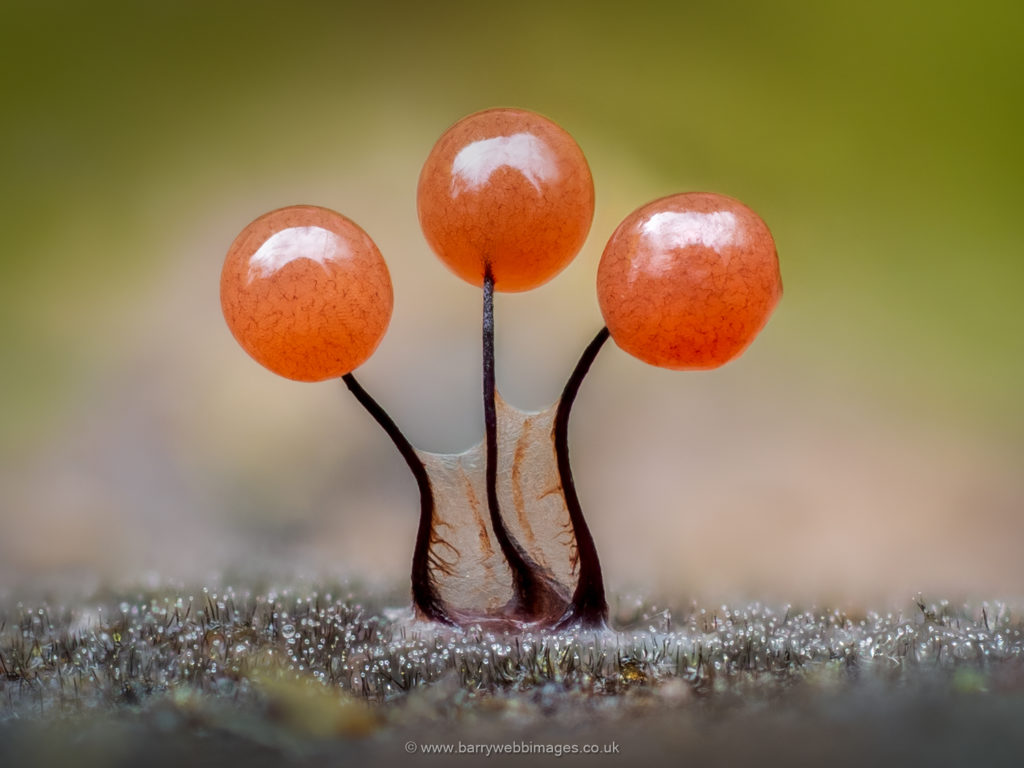
Here is what Barry Webb has to say about his experience, challenges and techniques when working on this project:
“In November 2019, while photographing fungi in the UK, I found my first Myxomycetes, slime mould. I soon became fascinated by their other-worldly beauty and began working on the best way to capture images, to show their diverse forms. This project has evolved over the last few years to become a very time-consuming obsession.
Slime mould fruiting bodies are usually 0.5 – 3mm tall. This creates a real challenge to photograph them. It also means that countless hours are spent searching for them on decaying trees, logs, branches and amongst leaf litter.
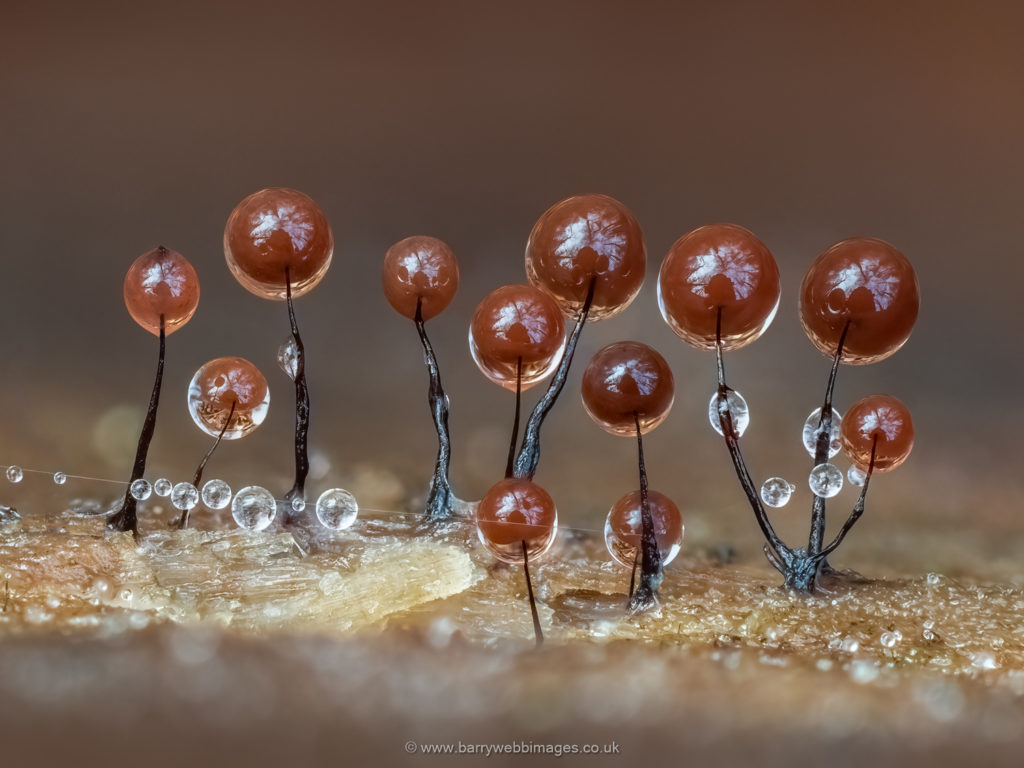
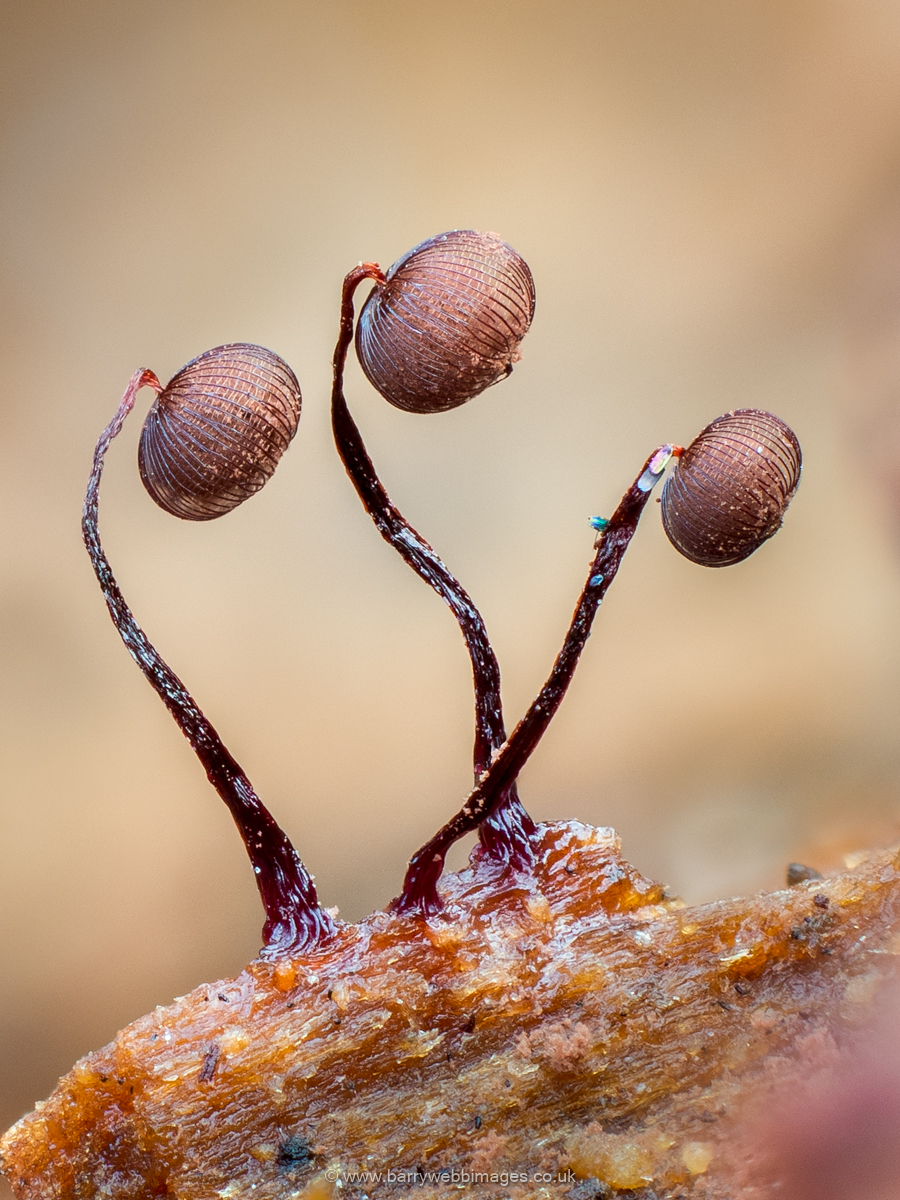
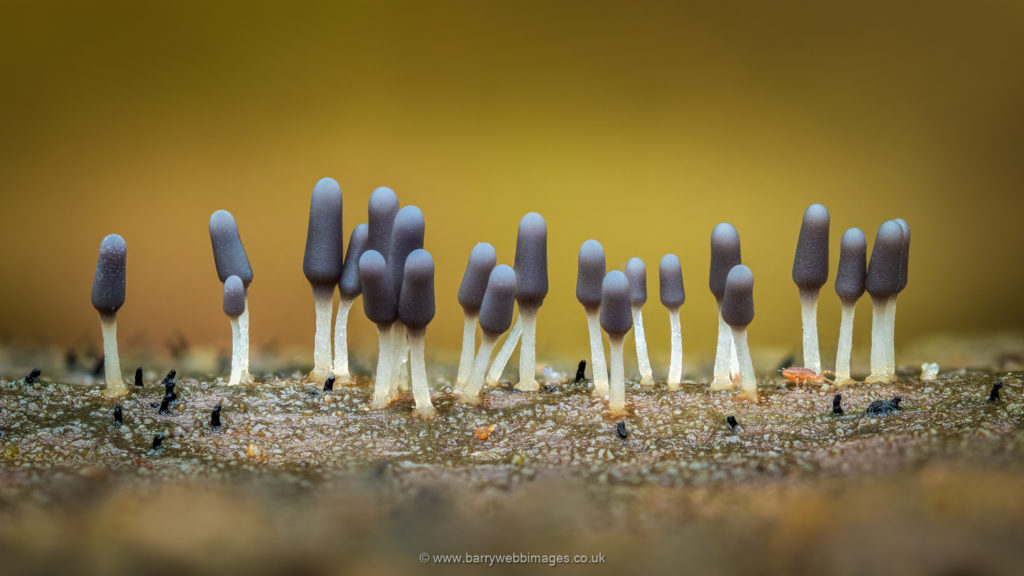
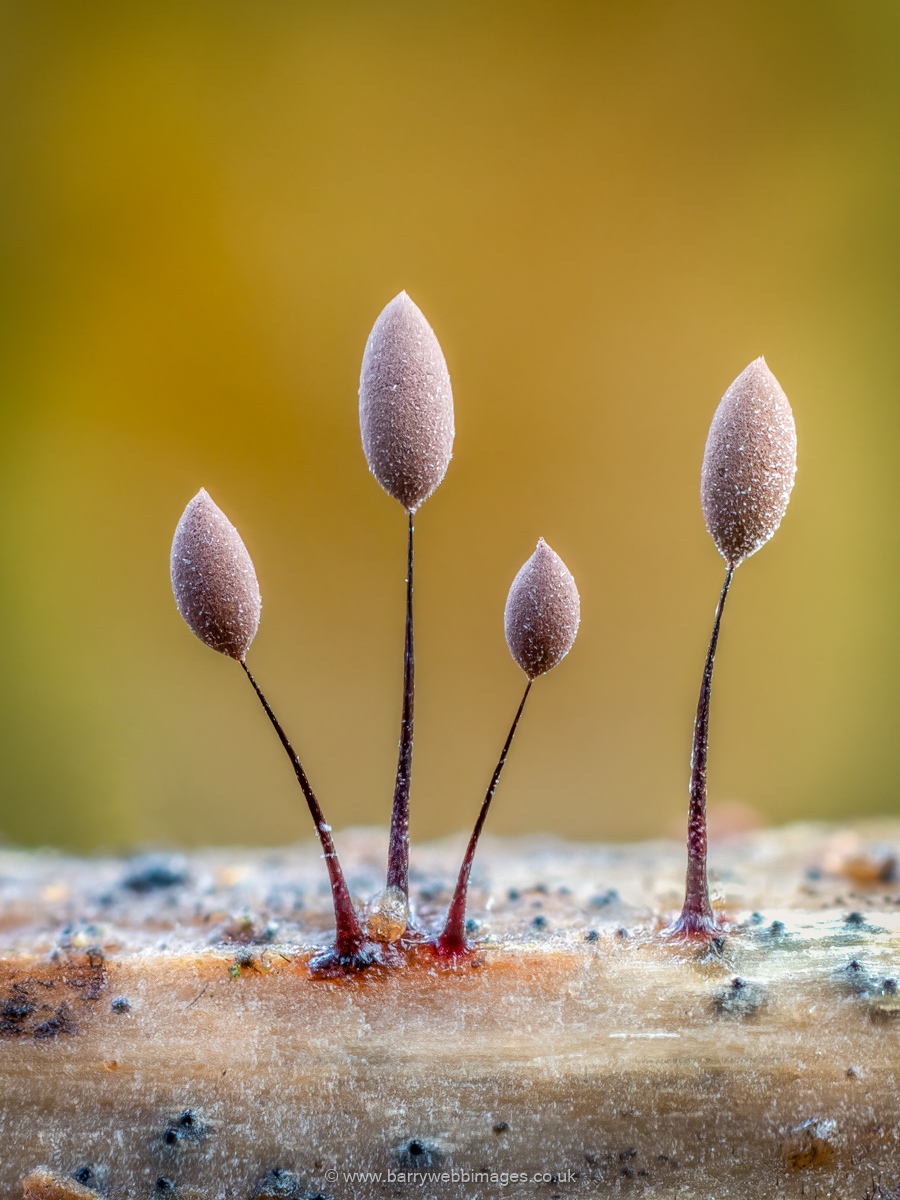
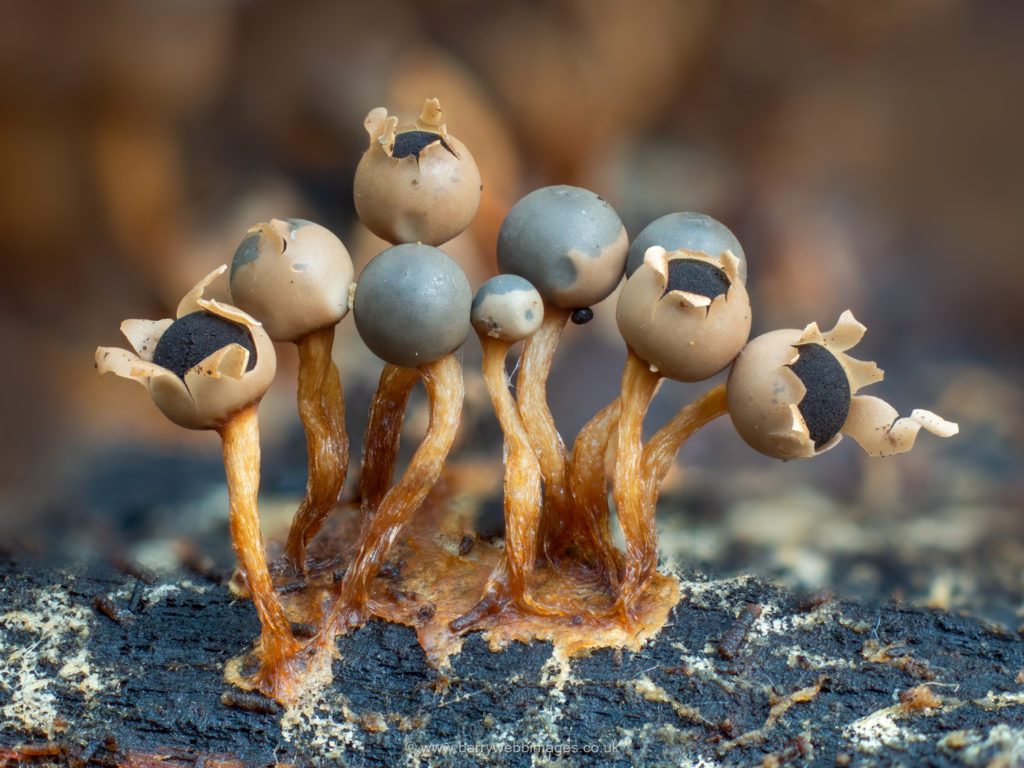
Challenges
I have found many challenges in pursuit of my slime mould images. The slightest movement or vibration at these high magnifications will ruin a focus stack. My camera is, therefore, always attached to a very sturdy, manoeuvrable tripod. I also always use a cable release to trigger the shutter. The wind can cause problems, as can tiny creatures, like springtails, walking through the scene, while taking a series of bracketed images.
Changing light, as the sun filters through overhead trees, will wreak havoc when pictures are processed in stacking software. I often shade my subject from direct sunlight.
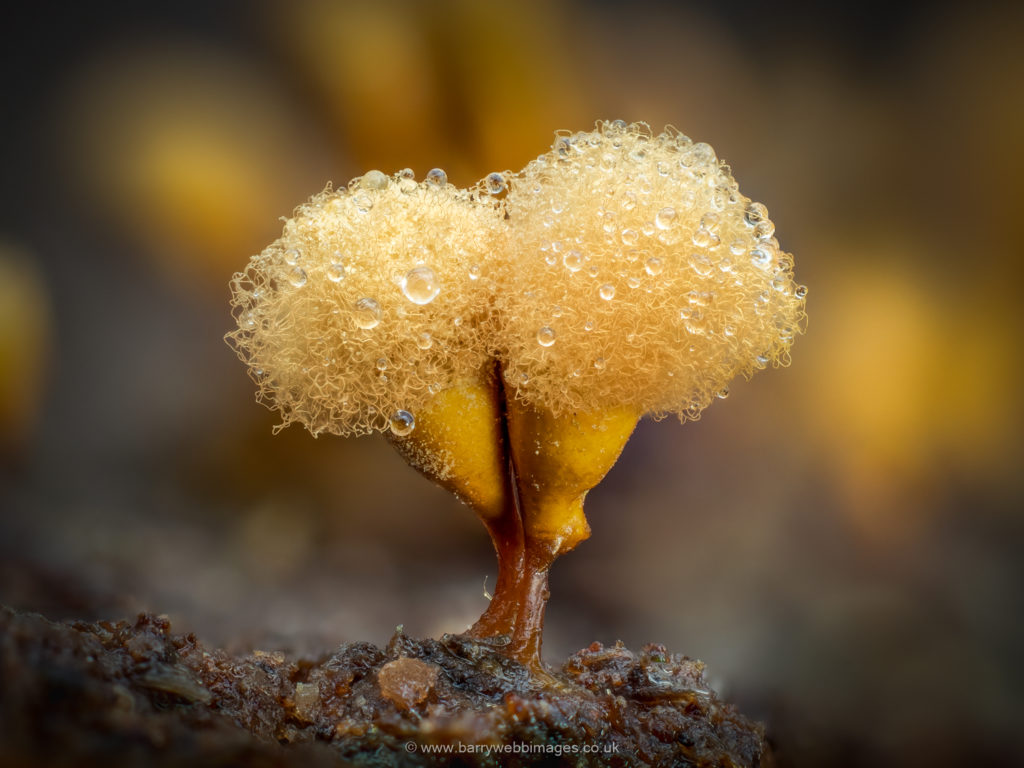
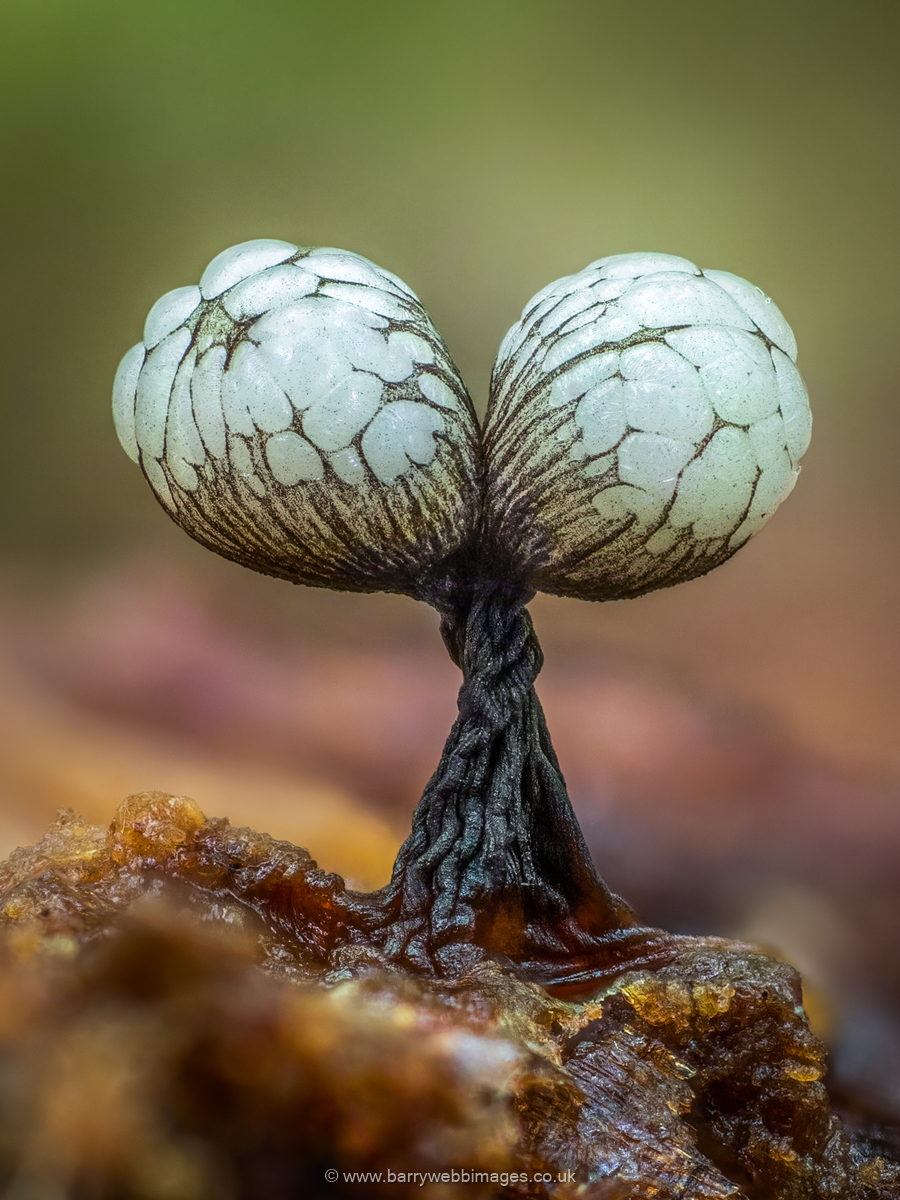
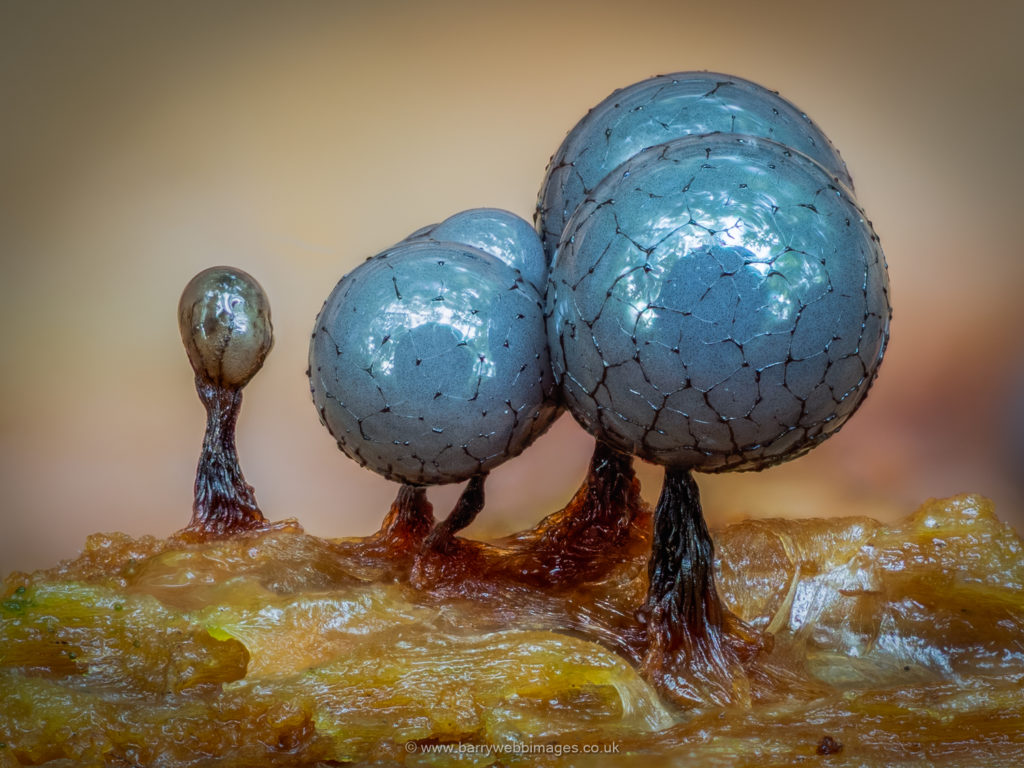
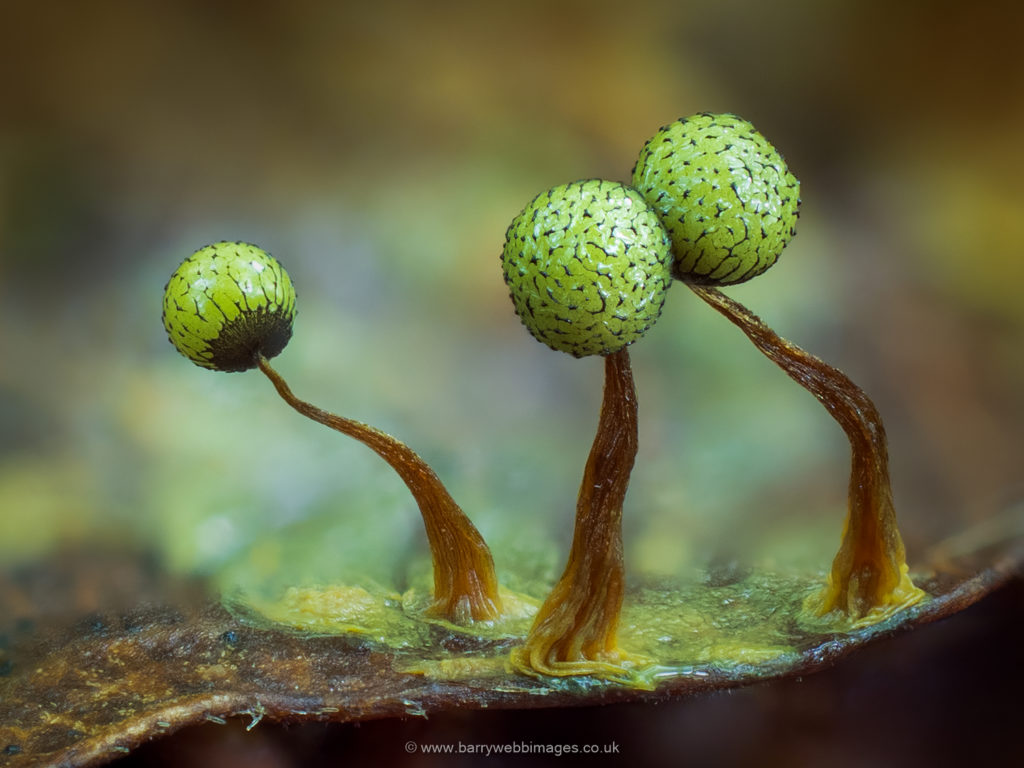
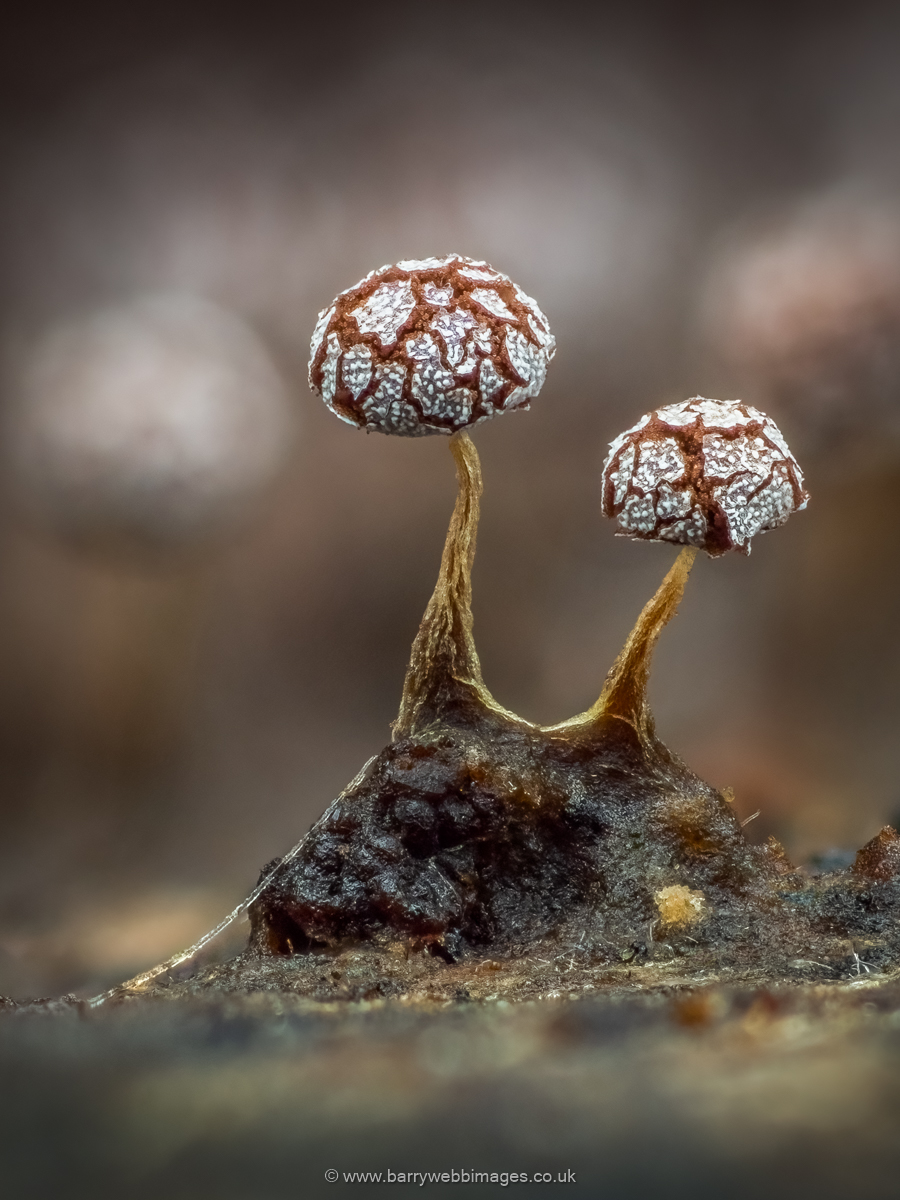
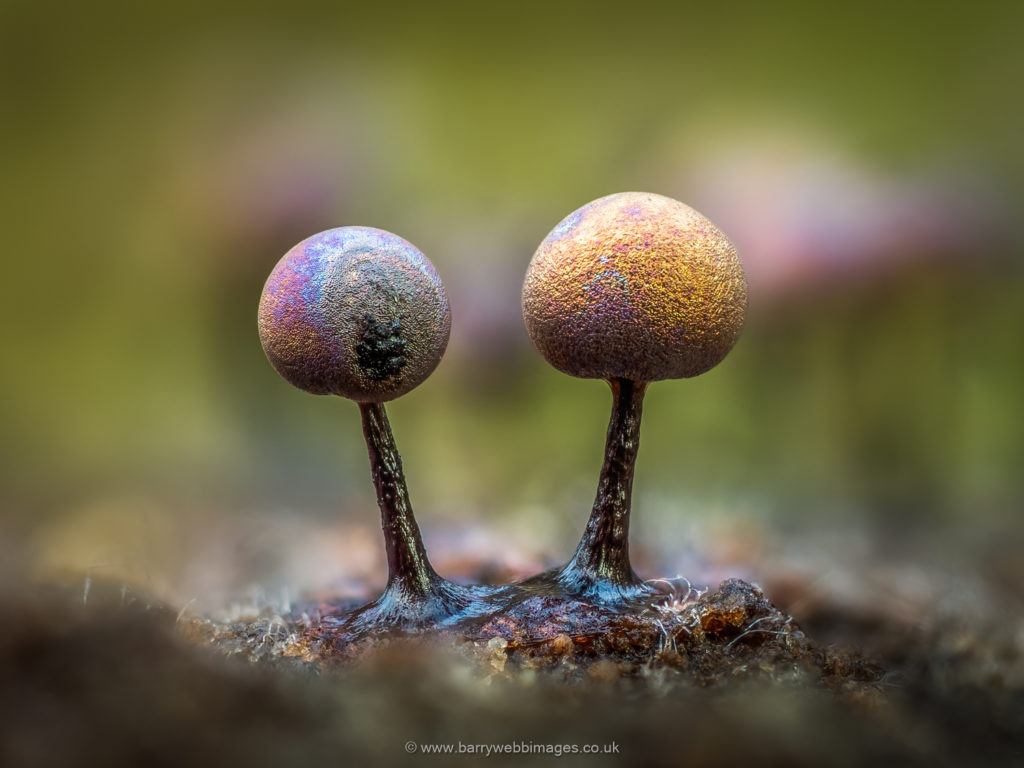
Techniques
Once I have located some specimens, I use a 10 times magnification hand lens and a small torch to examine them carefully in order to find a visually appealing composition. I use an Olympus (now OM-System) camera, with a 60mm macro lens. In addition, I nearly always use multiple extension tubes and sometimes also attach a magnifying lens to the front of the macro lens. I find this combination is not only lightweight but also enables me to manoeuvre into much tighter spaces than would be possible if I used a cumbersome focus rail or bellows.
I take a series of between 20-100+ in-camera focus-bracketed images, which are subsequently stacked, using Zerene Stacker, a specialist focus-stacking software. The focus point of each image is moved back from that of the previous image by a minuscule increment each time. The software selects the sharpest point of focus from each image and combines them to create the final image. The depth of field at these high magnifications is incredibly shallow. Focus stacking enables me to acquire sharp focus throughout the subject. It also makes it possible to use the macro lens at its sweet spot, and so create an image without diffraction and with a pleasing, soft background.
I do not use flash: I prefer to use natural light for this type of photography. However, occasionally, I use a small LED light panel to fill in shadows.
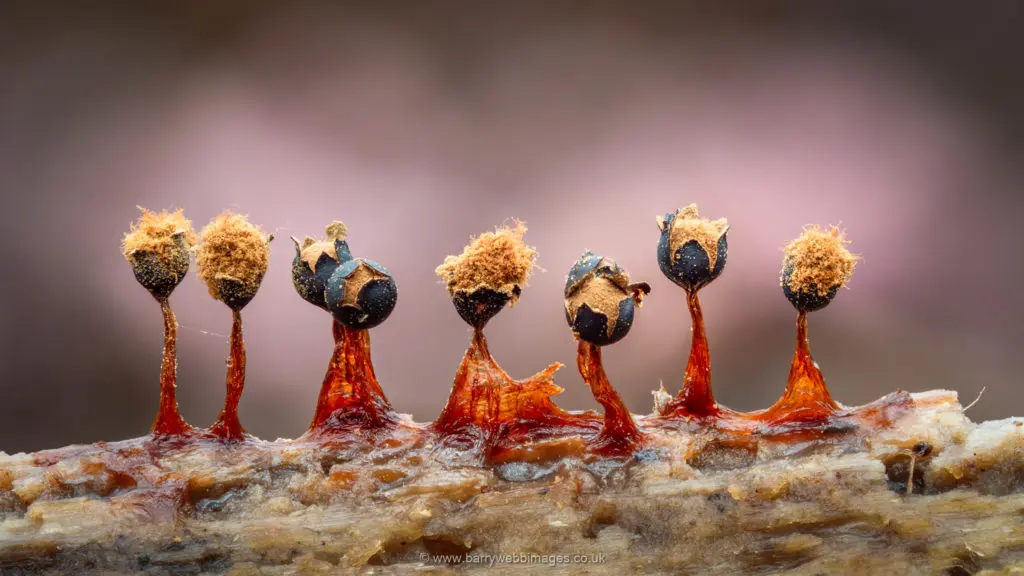
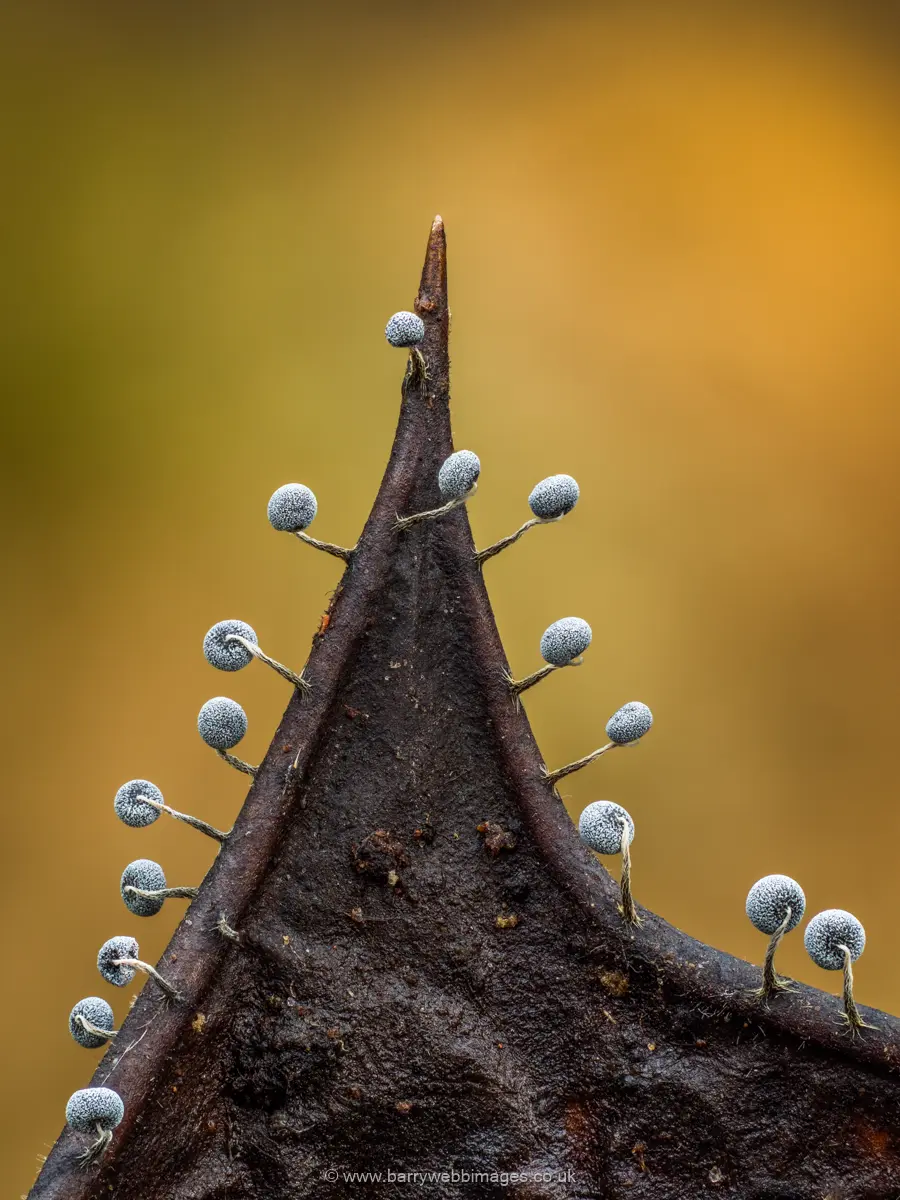
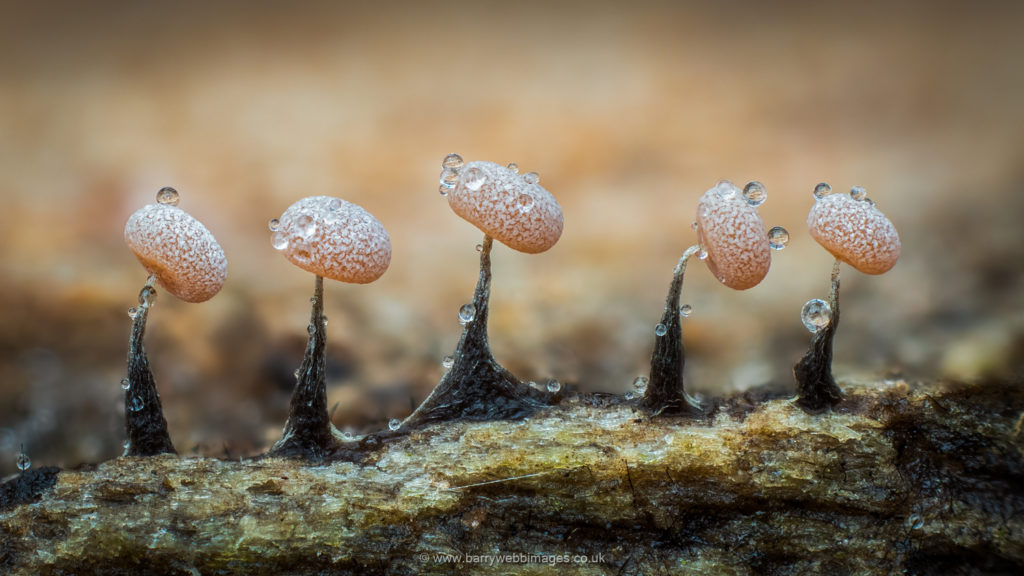
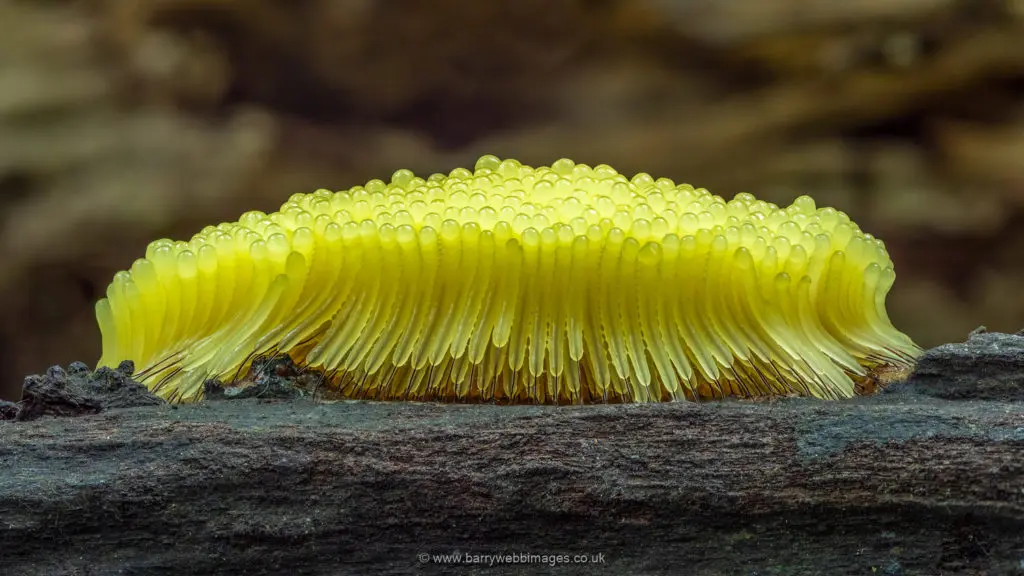
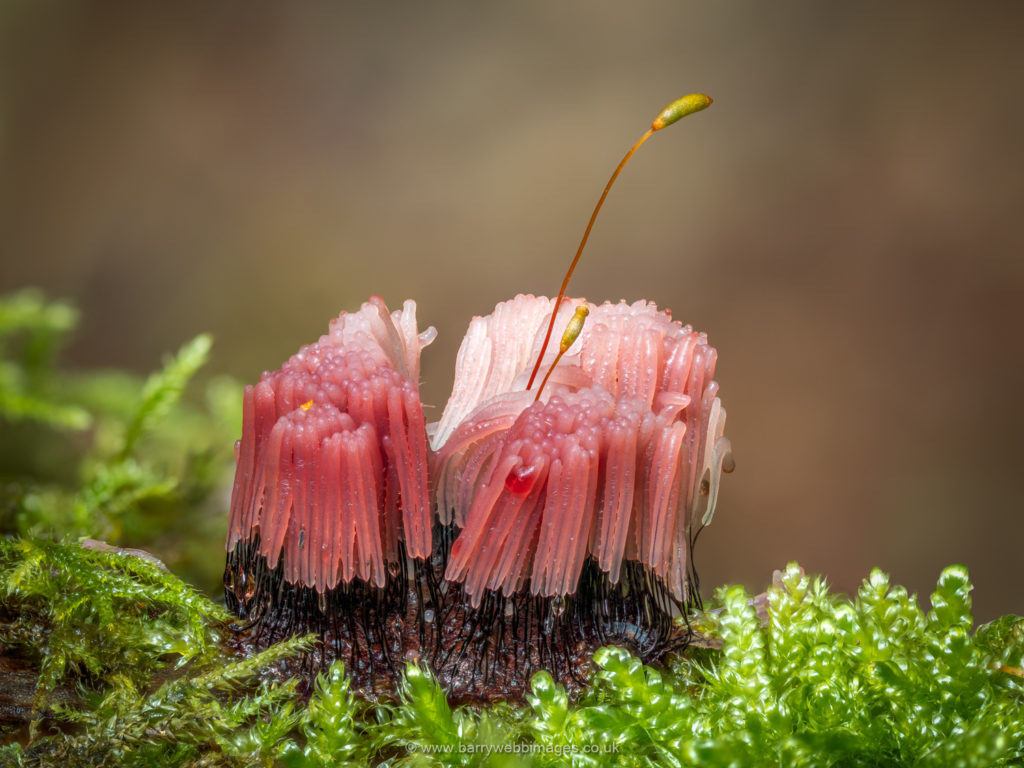
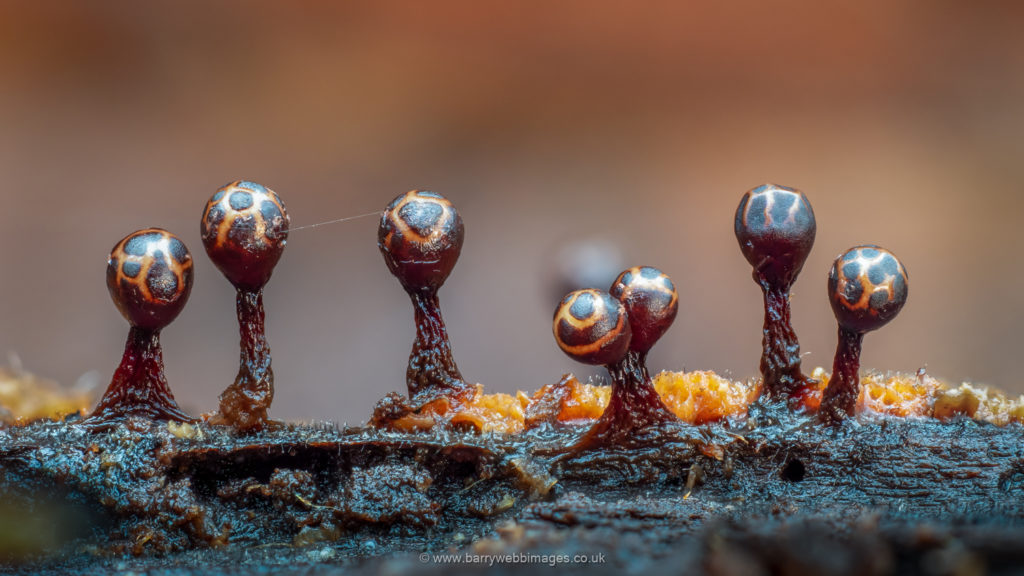
My process of photographing slime moulds has developed through trial and error. The more time I have spent discovering these tiny organisms, the more curious I have become. It has been a huge learning curve for me. Many specialists in the field of Myxomycetes have been very generous with their time in helping me to identify my finds, and I am very grateful to them for their help.
I hope that my images will shine a light on the, often overlooked, beauty of these tiny slime moulds.”
To see more of Barry Webb’s images check out his website and Instagram. You can enquire about prints, using the Contact Page on Barry’s website.
Further Resources:
- Useful Tactics for Shooting Macro At Home
- How To Achieve Perfect Focus In Macro Photography
- Photography Tutorial: Focus Stacking
- How To Get Started In Macro Photography Without Spending a Cent
- Do You Want Brilliant Macro Photography? Here Are The Accessories You’ll Need
- The Technical Side Of Macro Photography

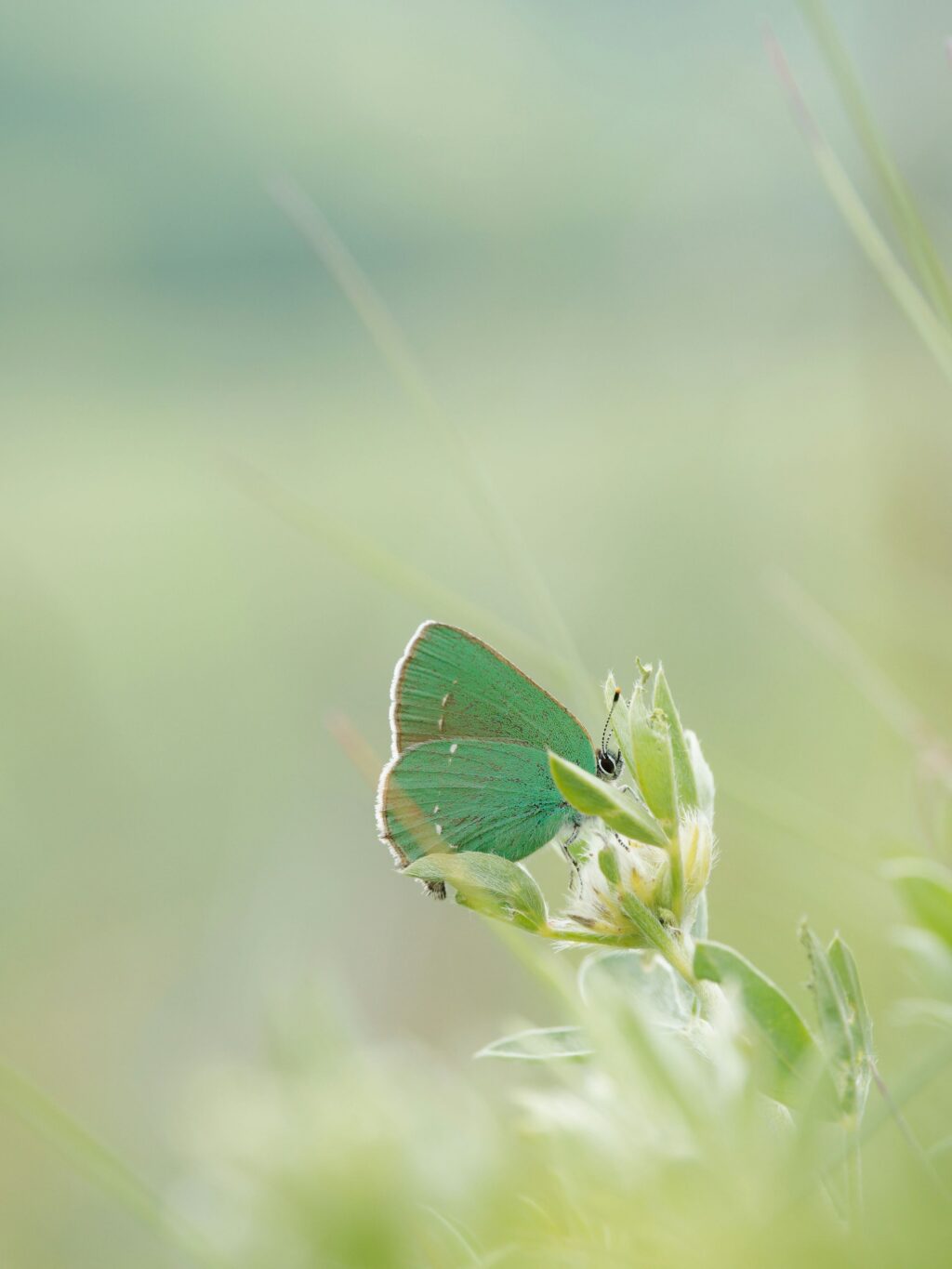
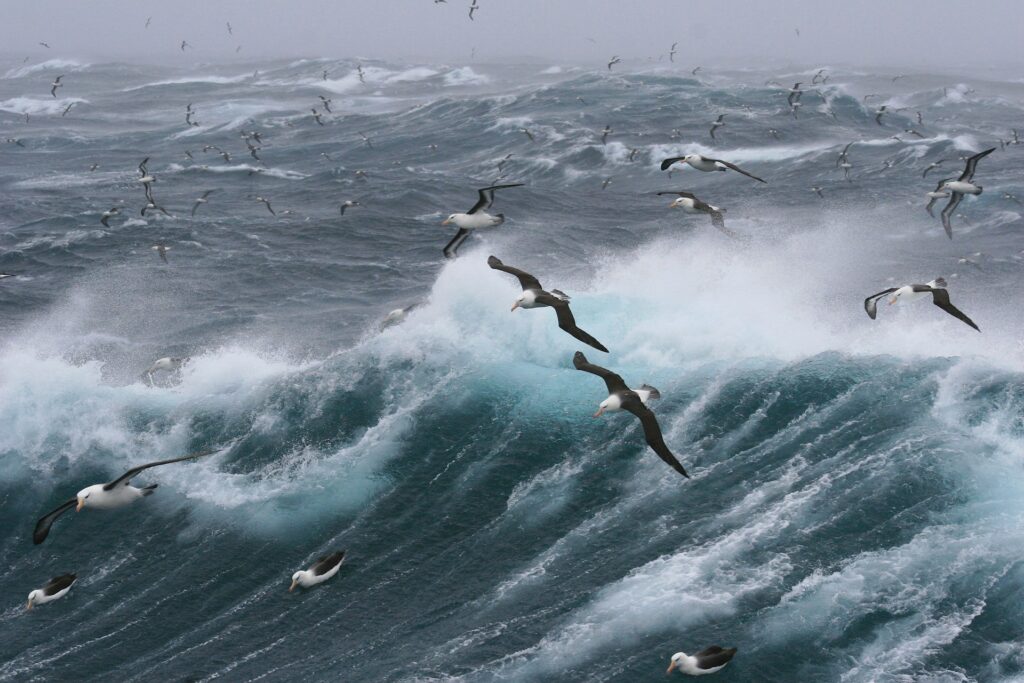

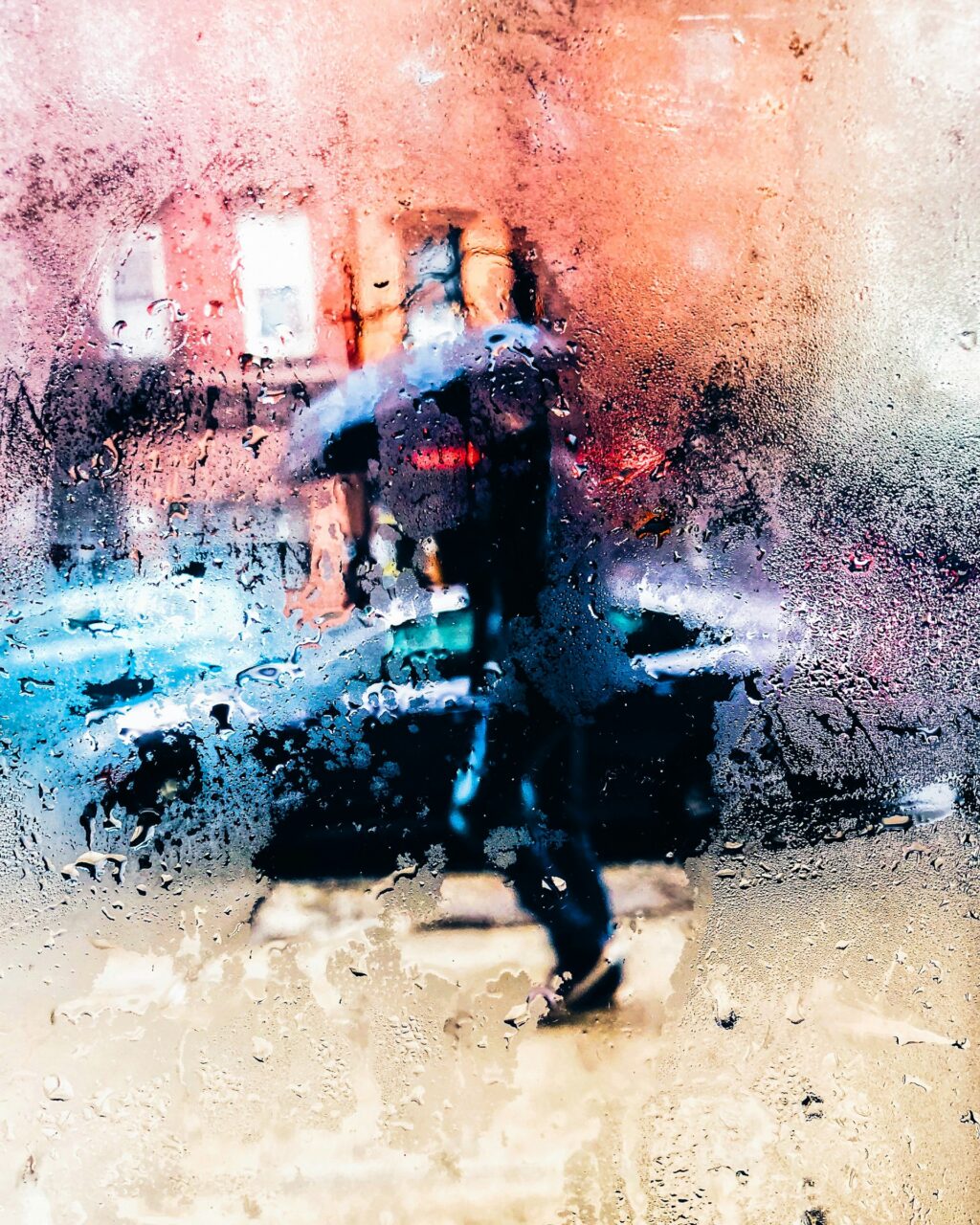
3 Comments
These are very interesting, I would never have guessed! Great work capturing these images.
Terrific article Dahlia. I finally got around to reading it and looking at Berry Webb’s amazing images. What a treat. These kinds of alien looking life forms fascinate me and Berry has quite a talent for producing outstanding photos of them. I’ll be reading the mushroom article next.
I absolutely loved this article and the photographs. Barry is such a talented photographer and he is especially good at finding slime moulds. I didn’t think I had any in my garden and he found several in the course of a couple of hours. I am just amazed at the variety of slime moulds he captures and the creativity of the images. Fascinating and exciting.